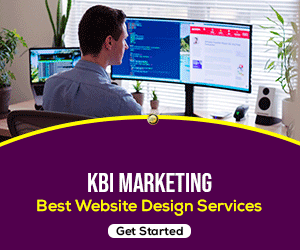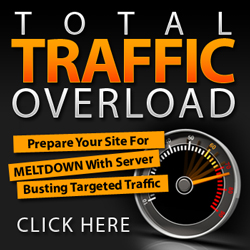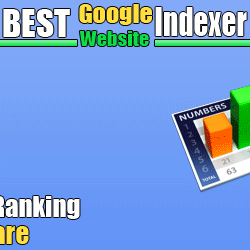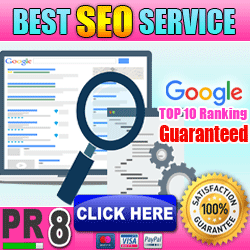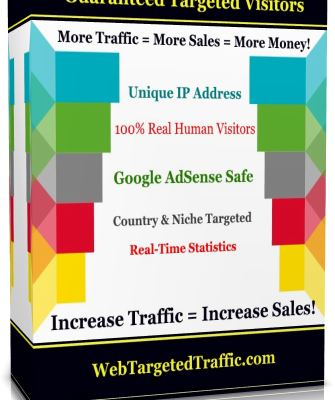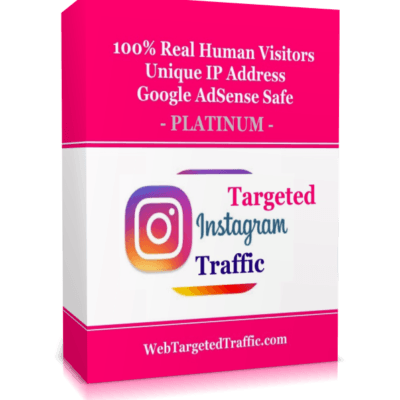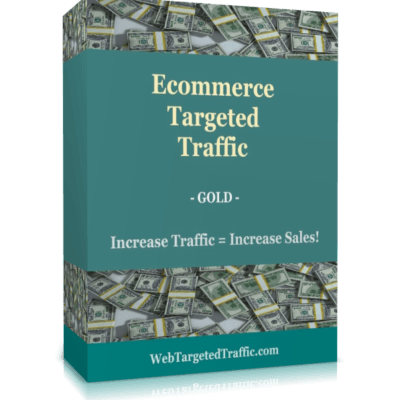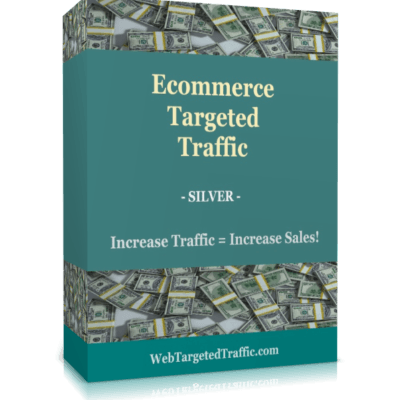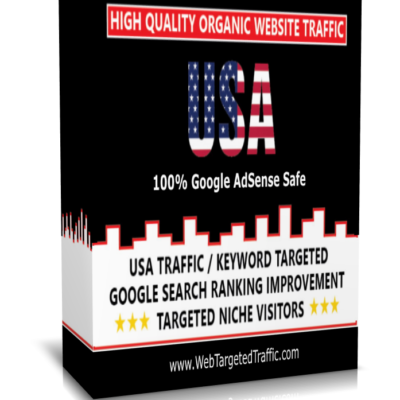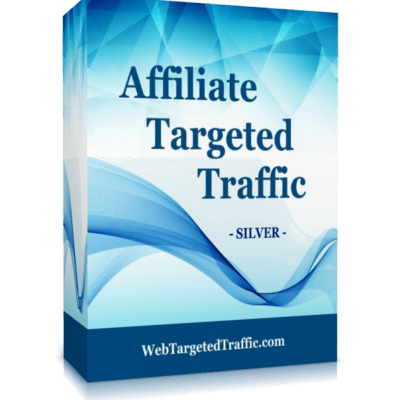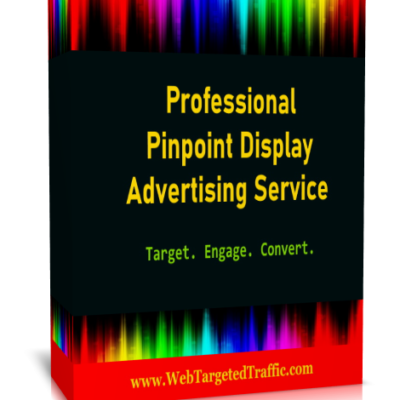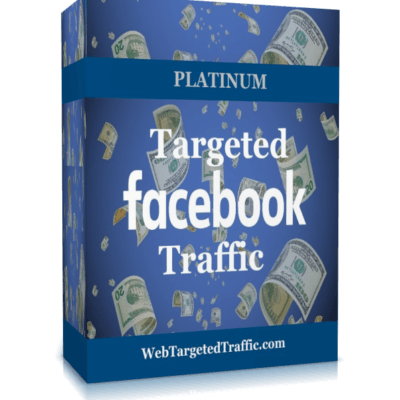Increasing your website conversion rate—and keeping it high—is a huge contributor to a sustainable, healthy business.
But more often than not, doing this is a struggle and a mystery, so you need to unpack the causes of your low conversion rate and find long-term solutions. This article gives you the rundown of simple strategies to increase conversions, including tips to implement them and real-world examples to inspire you.
Table of Contents
What Is Return on Investment (ROI)?
Return on Investment, ROI, is the money an investor in a business earns for the injection of financial capital. Any return is from the net profit the business makes and is a mark of the efficiency of investing capital in the venture.
How to calculate ROI
The easiest way to calculate ROI is to express it as a percentage, gain or loss, of the initial capital sum.
To figure the ROI the investor will subtract the “cost of the investment” from the “total gain on the investment” and divide that by the “cost of investment.” For example if an investor puts $5,000 into a clothing store and at the end of the year they receive $6,000 in return, the ROI will come out as:
The uses of return on investment
ROI, once calculated, has many uses—to the investor and to the store owner. For the investor, it will tell them the potential return when looking at places to put their money. By comparing the ROI of a clothing store with that, say, of a shoe retailer, they’ll see where their money will earn more.
A store may use ROI going to the market looking for investors. By showing that an investor may get 20% over the term of the money being in the store, the storeowner is making the business an attractive one in which to invest.
The opposite is also true. If the ROI is very low or, in some cases, even zero or negative, the store will not look very attractive to an investor. In those instances, the owner may need to look at the workings of the store. While not the same as profit, ROI is a clear indicator of how the store is performing over time.
ROI is not as simple as it may appear
A simple reading of ROI may be misleading. Time is also a factor and is important when considering investing in a business.
ROI of 30% from one store may look better than one of 20% from another. But, for example, the 30% may be over three years as opposed to the 20% from just one. Thus, the one year investment with a 20% ROI is the better option.
Still, the one year investment may carry more risk than the three-year one, and the investor may prefer to invest for the longer term.
1. Define your site’s goals
Before setting out on your conversion rate optimization journey, it is important to set website goals that you want to measure conversions and optimize for. These goals could be any particular action that you want the visitor to take on your site that generates certain value for your business. Once you have created them, you must assess visitor behavior against these defined goals for your conversion rate strategy to work.
Below is a list of some of the goals that you could set for web page conversion optimization:
- Page visits
- Form submits
- Click on links
- Clicks on elements
- Custom conversions
2. Collect and analyze visitor data
When it comes to CRO, it’s best to avoid assumptions and estimations, and rely solely on data for all decision-making.
One of the proven conversion rate optimization techniques is to constantly track and analyze your website data to learn more about your website visitors and their preferences. It’s this data that should inform you where to direct your conversion optimization efforts.
Following are some key data points that you absolutely must track to understand your visitors:
- Data on traffic and traffic sources
- Details of user behavior on your landing page
- Bounce and abandonment rates for web pages and forms
- Click-through rates of adverts and marketing campaigns
- Information on return customers and average order values
- Net promoter scores (NPS) or other customer feedback
Once you have collected quantifiable data, use it to create your user persona, which is a representation of your ideal user. This must highlight all valuable information about your target prospects and users, including their interests, likes, dislikes, goals, and pain points.
The combination of quantifiable data and your ideal user persona will help you devise hypotheses to run insightful tests to better understand what works and what doesn’t on your website.
3. Perform competitor analysis
To have a competitive edge over your rivals, you need to know what their strengths and weaknesses are. You can then use that information to highlight your USPs and strengths over your competitors’ weaknesses. This is another proven way to optimize conversions on websites.
Also, keep in mind that people research their options before making a purchase. They’re going to check out your competitors and how you measure up to them. By performing competitor analysis, you also get to step into your customers’ shoes and pit yourself against your competitors just the way your potential customers would. You can then optimize your website for conversion and ensure that your product range is the best they’ll find.
4. Assess your current conversion funnel
Before you set out to fix what’s broken, be sure to understand in detail what a typical user journey and conversion funnel on your website looks like. This will help you gauge where website visitors are hesitating and dropping off and the plausible reasons as to why that may be so.
You can use VWO Insights to track conversion rates across your funnels and identify specific stages in the journey where users might be losing interest so you can accordingly optimize them.
At each stage of the funnel, you will have a natural drop-off resulting from people failing to take the next step in the funnel for multiple reasons. You can then decrease that drop-off by devising solutions to those probable reasons to nudge people down the funnel, thus acing your website conversion rate optimization.
For example, one of the stages where eCommerce sites focus their conversion optimization efforts is checkout, where an average of 69.23% of shoppers are known to abandon their carts. A higher conversion rate, however marginal, will be a significant contribution towards tackling this pressing issue.
A prominent example of a site that has improved its eCommerce conversion rate by simplifying its checkout process is Amazon with the one-click checkout.
To understand and optimize your funnels, you need to assess what your site does to move potential customers through the set stages. How are you leading them to a conversion? Where do you lose most visitors? By learning these answers, you know where to focus your efforts to increase conversion rate.
Your website visitors spend time exploring and engaging, excited to make a purchase. But if the checkout page isn’t working smoothly, it’s like hitting a roadblock just before the finish line.
WEB TARGETED TRAFFIC stands firm on their belief that each client should only be given high quality online website visitors, no questions asked.
With each campaign you will receive your own control panel where you can view full daily statistics, set the number of visitors sent to your site per hour, stop, start and pause the campaign, download the IP addresses of your visitors, and even change the url!
They are able to provide you with traffic from over 100 niches and 60 different countries and they can provide you with this traffic in 24 hours. That’s why Web Targeted Traffic is the best website to buy traffic.
Now that you have these tactics in your toolbox, you should be able to put together a simple strategy for getting more people to your site. Remember, though, that this isn’t a one-off exercise, nor do you have to try everything at once or use only one tactic at a time.
Try something. See if it works. If it fails, stick at it a little longer but bring something else into your roster. Most importantly, make sure the technical aspects of your site are running smoothly — if you need targeted audience, for example, we’ve got plans to suit any budget!
You can target users based on their demographics, psycho-graphics, geo-location, online behavior, type of device, and operating system. Re-targeting marketing options and weather-dependent offers are available as well. Web Targeted Traffic has partnerships with numerous big ad networks like Smaato, InMobi, AdColony to grant you access to even more publishers. Its attractive features are omnichannel advertising and AI-powered optimization.

Just like with most internet marketing services, there are right ways and wrong ways to do things. If the traffic is junk, and if you can’t choose how long your traffic campaign will be, specify an exact number of visitors, and target your visitors location and interests, then what’s the point in buying traffic at all? We give our customers the best targeting options and flexibility, which sets us apart in this industry.



